Coin watches gain currency among collectors
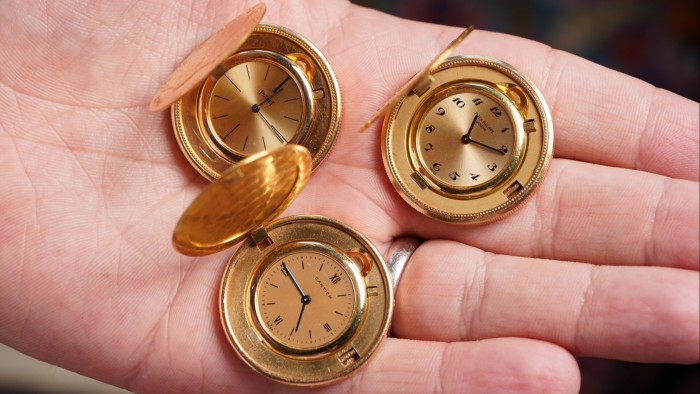
Roula Khalaf, Editor of the FT, selects her favourite stories in this weekly newsletter.
When Piaget unveiled its manual-winding 2mm-thin calibre 9P movement at the Basel fair in 1957, it put a certain timepiece front and centre of its display, and on the cover of its catalogue, to highlight the technical innovation. “In the late 1950s, a lot of advertisements dedicated to ultra-thin watch making had a coin watch, either open or closed, or both, on the visual,” explains Alain Borgeaud, heritage manager at Piaget.
Many Swiss manufacturers housed their watch movements in coins to prove their ability to miniaturise them. Now, growing appreciation for the craftsmanship and rarity of these vintage pieces is driving interest from collectors.
Prices for rarer examples — by Patek Philippe, Rolex, Vacheron Constantin and Audemars Piguet — have risen by 20-25 per cent in the past two years, according to Jim Wolf, director of watches and fine timepieces at Heritage Auctions in the US, while those for pieces by Corum, Eska and Piaget have grown 10-15 per cent.
Wolf says interest has increased because collectors who started with wristwatches are “branching out” into pocket watches by brands such as Vacheron Constantin, Patek Philippe and Rolex. “So, when they see a coin watch by one of those makers, it intrigues them in several ways: the brand name, the fact it’s a novelty . . . and that it is different from a wristwatch,” he says.
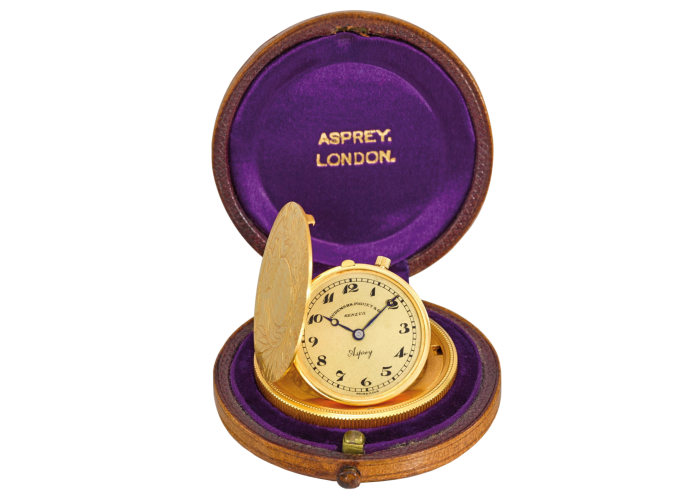
Heritage Auctions sold seven coin watches in one sale in November; a Patek Philippe Reference 801 gold $10 coin example from the 1980s fetched $40,000.
Christian Selmoni, style and heritage director at Vacheron Constantin, is trying to acquire coin watches for the brand’s Les Collectionneurs vintage offering. “They offer us a rich storytelling and are very intricate and exclusive,” he says. He notes that prices for its coin watches have been rising in the past two years because there is more interest in Vacheron Constantin on the secondary market. While the company’s archives include references to coin watches in the second half of the 19th century, the first one of which it has a picture dates from 1927. Selmoni believes early coin watches were bespoke orders and then, between the 1960s and 1990s, the brand made 10-15 pieces a year, with 90 per cent being wristwatches.
A Vacheron Constantin piece required two coins. Piaget, however, made watches between the early 1940s and mid-1990s by cutting one coin in half to craft a case into which it fitted a mechanism. Borgeaud was a Piaget jeweller between 1986 and 2000. On one occasion, it took him 12 attempts to perfect the spring for the opening mechanism; a button at 3 o’clock was pressed to release the cover. “It was very specific precision work,” Borgeaud says.
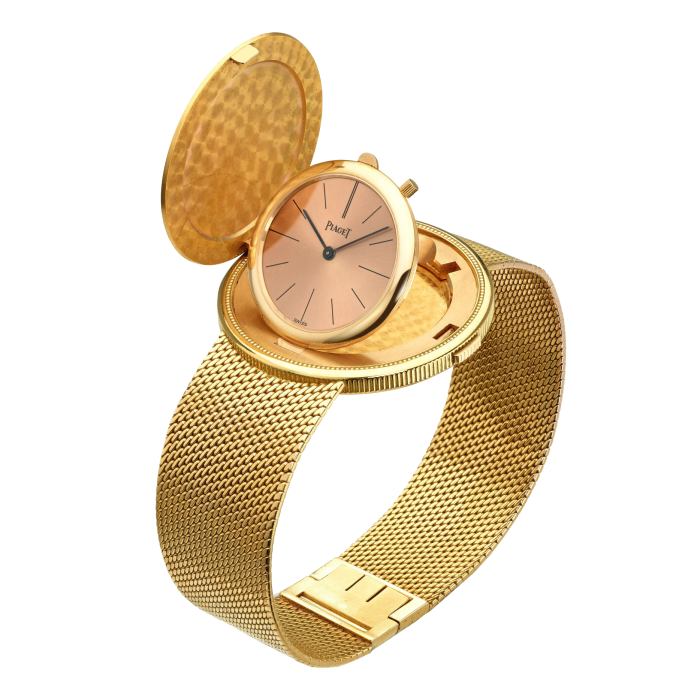
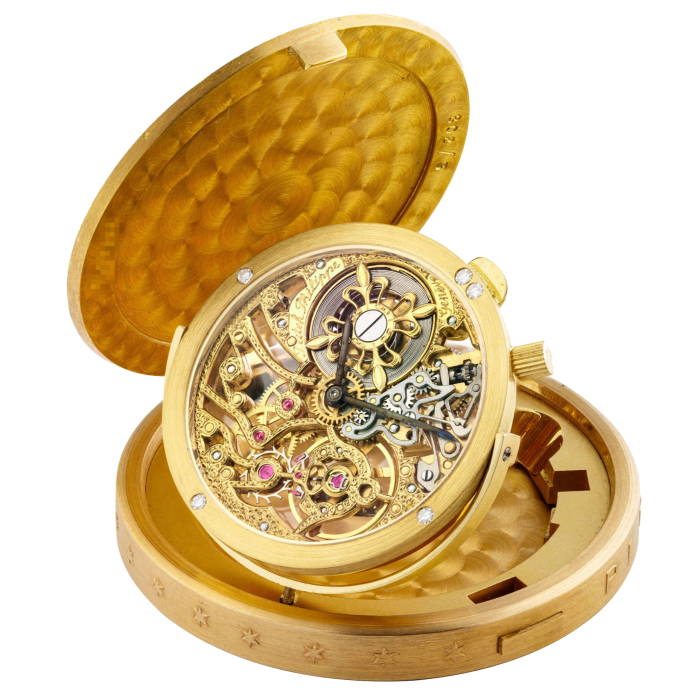
There is “an important pool” of watch collectors in Asia, particularly Taipei, who appreciate the high level of craftsmanship and miniaturisation in coin watches, says Remi Guillemin, head of Christie’s watch department in Geneva. The record for a coin watch sold at the auction house was set in November 2021, when a 1992 Patek Philippe gold and diamond-set example with skeletonised dial achieved HK$600,000 ($77,000) — three times the low estimate.
At Heritage Auctions, watch collectors account for 80 per cent of coin watch purchases, while coin collectors — who, says Wolf, typically prefer a wristwatch version so they can wear it and show it off when “doing coin business” — account for the remainder.
Many international currencies feature in coin watches, including Mexican pesos and Napoleon III French francs. Christie’s set an auction record for an Audemars Piguet coin watch when it sold one featuring a gold Monaco 100 franc coin for SFr43,750 ($47,000) in 2018. Originally sold by Asprey in 1938, it featured the retailer’s signature on the dial and came in its original box.
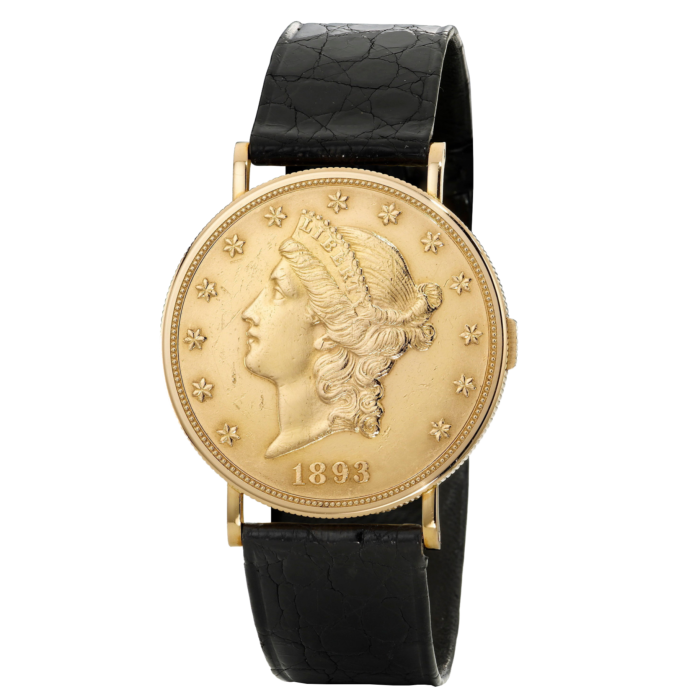
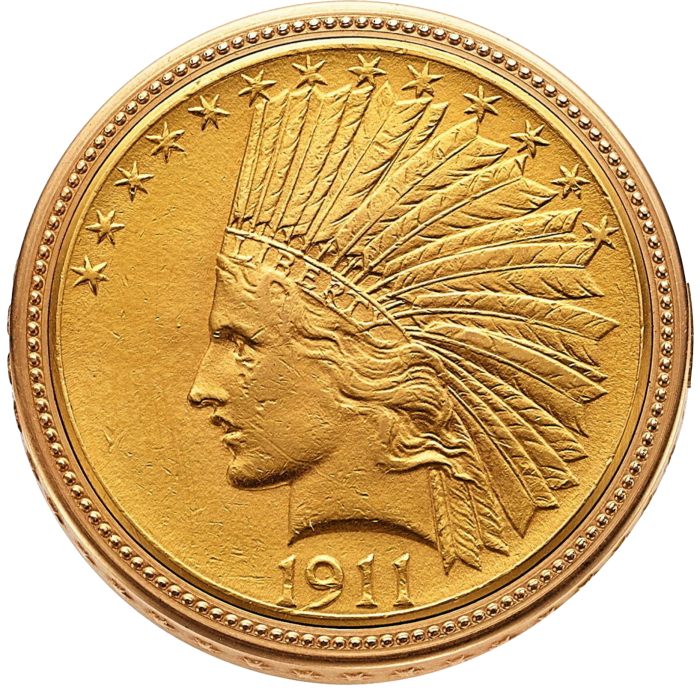
Most Swiss manufacturers stopped making coin watches by the late 1990s to early 2000s, but Corum still produces 50-100 a year, depending on factors such as coin availability. About 30-40 per cent of this annual production is to meet special requests from customers to convert their own coins into watches.
Boon Chong Soon, vice-president at Corum, has noticed increased interest in the past few years and says demand is “much higher” than production, but the brand restricts numbers for exclusivity. He says Corum had an “unwritten agreement” when it started making coin watches in 1964 that it could use US dollar coins. Now, with other currencies, it checks the legitimacy of coins and consults a country’s treasury or mint.
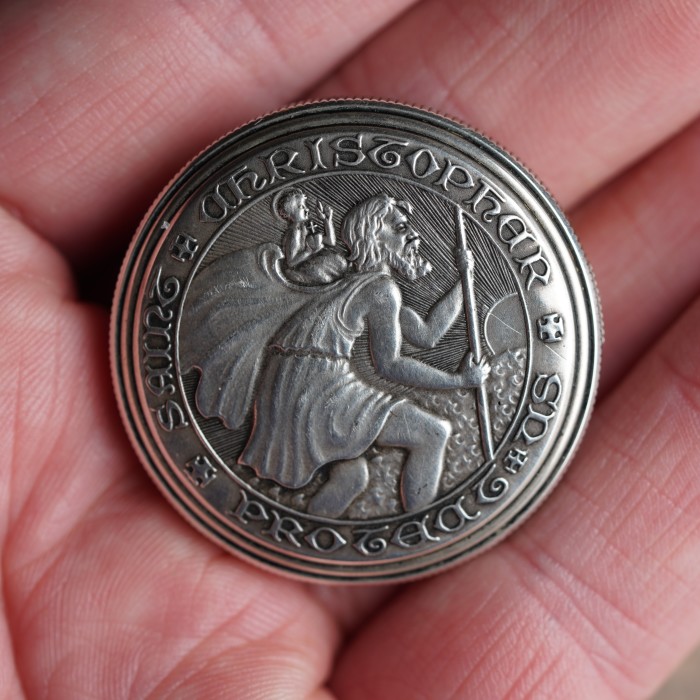
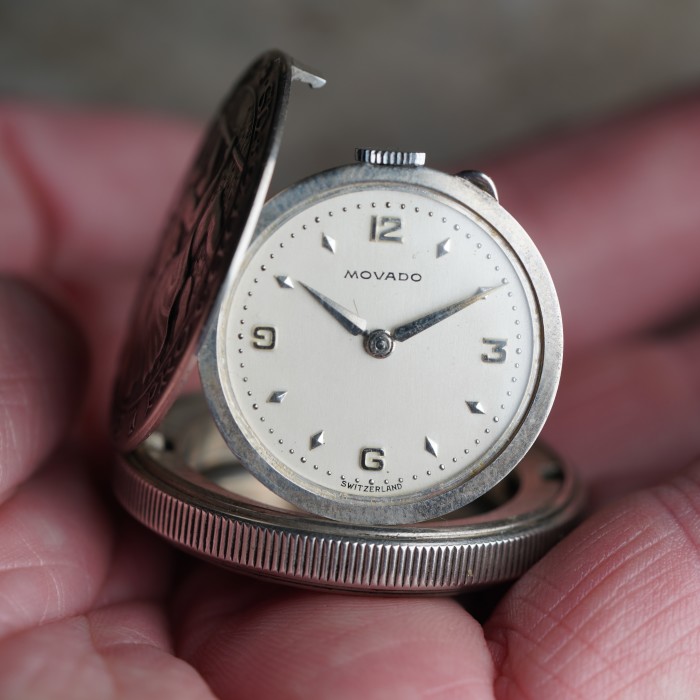
Vintage watch collector Charlie Dunne, co-host of the Significant Watches podcast, says he was “mesmerised” by the first coin watch he saw in 2018. “These things can be appreciated on an artisanship level because they are works of really complex watchmaking,” he says. He bought his first coin watch, a Movado (c 1950) with a silver St Christopher’s medallion cover, last summer. Medals have been commonly used instead of coins. Borgeaud says Piaget made a coin watch with a medal featuring Pope John XXIII’s face to mark his papacy in 1958.
Christie’s Guillemin says interest in coin watches is increasing — though it is still a niche segment — in line with growth in the auction market in general.
However, having a coin watch for sale is “an event in itself” because of their rarity. “It’s definitely a very beautiful object,” he says. “I wouldn’t understand if someone told me that he didn’t like coin watches.”
Comments